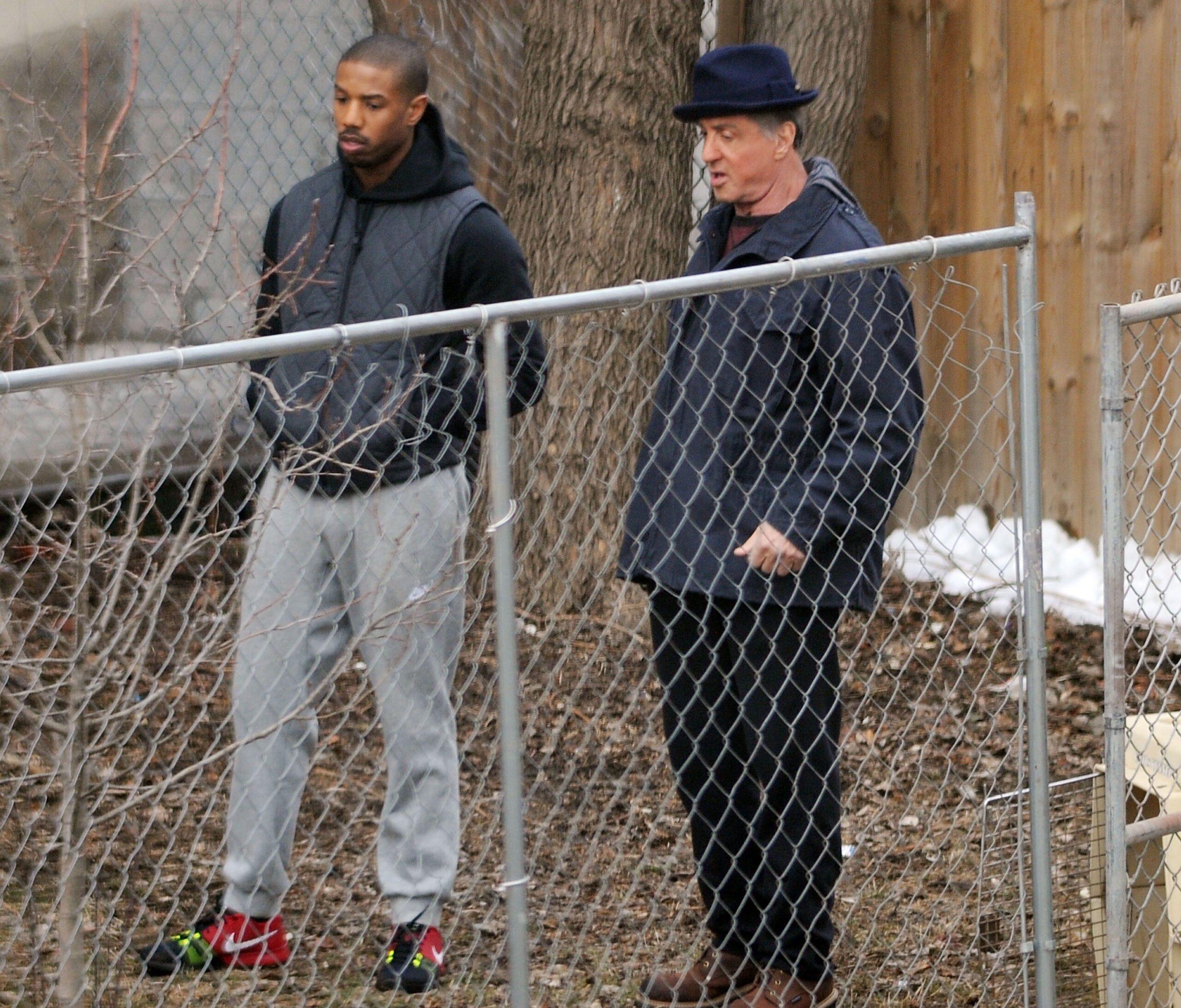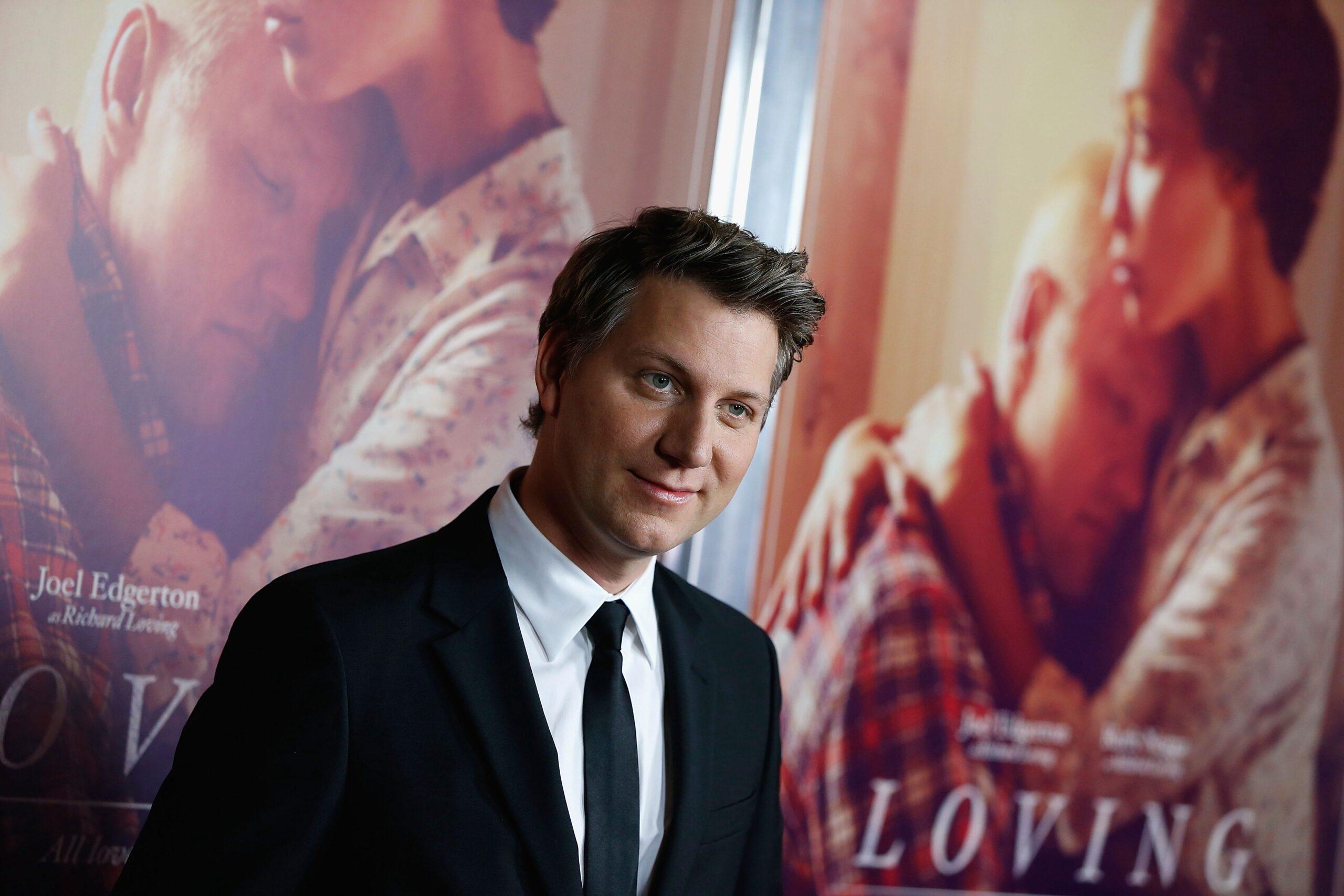Welcome to Future of Movies Week. Too often this year we’ve been left baffled at the multiplex. It’s been 10 months, and we’re struggling to come up with a viable top-10 list. Streaming platforms are encroaching on Hollywood’s share of our collective attention, preexisting intellectual property is providing diminishing returns, and moviegoers largely skipped Jack Reacher: Never Go Back. Wild days.
November will be different. It’s packed with interesting releases — Oscar contenders like Loving and Arrival and Manchester by the Sea, blockbusters from Marvel (Doctor Strange) and J.K. Rowling (Fantastic Beasts and Where to Find Them), a Disney movie with Lin-Manuel Miranda and the Rock (Moana), and old-fashioned fare from big-name directors like Robert Zemeckis (Allied) and Warren Beatty (Rules Don’t Apply).
This week, we’re looking at the future — of film school, horror, the Marvel Universe, movie stars, and the medium itself.

Who are the most exciting filmmakers in contemporary American cinema? In an era of superhero-movie fatigue and franchise retreads, it can feel like a dubious question. Film is not television, where audiences are now tuned in to star showrunners like Matthew Weiner and Shonda Rhimes. In comparison, the name-brand value of filmmakers is losing its sheen. We still have Tarantino and Scorsese and Eastwood, Sofia Coppola and Spike Lee: auteurs with name recognition, whose movies generate heightened interest from longtime fans (and detractors). But the new generation of buzzworthy directors is increasingly subsumed under studio and distributor brands, big and small. Aficionados of low-budget horror keep tabs on Blumhouse. Those aching for exciting midbudget indie movies go gaga for A24. And everyone knows Marvel.
There are still, however, filmmakers we believe in. Filmmakers we know by name; filmmakers whose work we seek out and whose upcoming projects we anticipate on their merits, and not their IP.
The five figures we chose aren’t blockbuster filmmakers (yet), nor are they really “cult” figures — what really sets the following five directors apart is that they are collectively changing the terms of the Hollywood conversation. Together, their work can be viewed as a kind of prediction, however amorphous, for what the next generation of great films will look like.
For the record: “Great films” is a loaded term, and this list is not a complete list of great working directors, or even a complete list of filmmakers that I love. There are no documentarians or foreign directors here, nor microbudget legends like Shane Carruth, steadfast independents like Kelly Reichardt, established (if under-recognized) aesthetes like Todd Haynes, or young visionaries like Khalik Allah, whose work the industry seems content, for now, to keep at the margins. What we’re trying to identify here is an aesthetic moment: Here are the directors we agreed on in 2016, and here is what that agreement means for the rest of filmmaking. It’s not a perfect art, but then neither are movies.
Ava DuVernay
DuVernay first broke through with the 2012 prison drama Middle of Nowhere, which won her a Sundance directing award and set her on track to acquire the script for Selma. That 2014 film is a graceful study of Martin Luther King Jr. amid the 1965 march from Selma to Montgomery, Alabama, and it remains remarkable for being that rare civil rights movie (even as of 2014!) made from a distinctively black perspective.
That’s a tall order, but DuVernay is an unusually fearless director. Selma has a lot of nerve. It is a civil rights movie and a subtle critique of civil rights movies rolled into one. DuVernay, who extensively rewrote the original draft of the script, upended the usual tropes of the genre, in part by adamantly refusing to focus on Lyndon B. Johnson and also by refusing to make a traditional biopic of MLK. Instead, DuVernay’s movie has a genuine curiosity about the complexities that made MLK who he was, without giving the impression that his charismatic leadership was the be-all of the civil rights movement. DuVernay found room to address the many contributions of women, too, from Coretta Scott King and Amelia Boynton Robinson to those who opened their homes to clothe and feed weary marchers. The decentering of LBJ got DuVernay into some trouble with the former president’s defenders — but it also won DuVernay defenders of her own.
Selma is the best possible version of what it is — and so is DuVernay’s stunning documentary 13th, released on Netflix this year, which offers a primer on the landscape of the American prison industrial complex. DuVernay’s films are remarkable for the precision of her passion — and for the story of the woman directing them, who worked her way up from helming Oscar campaigns for other movies. That the lack of Oscar love for Selma has been in part attributed to a flawed Oscar campaign remains high on the list of Hollywood’s recent ironic injustices, but she has moved on. DuVernay’s adaptation of A Wrinkle in Time started filming this week, and the better part of Hollywood’s A-list (Oprah Winfrey, Reese Witherspoon, Mindy Kaling) has attached itself to the project. DuVernay is the future of movies in the most literal sense: The industry will follow where she leads.
Ryan Coogler
Coogler is a master of breathing new life into tired genres. His remarkable Sundance winner Fruitvale Station (2013), about the tragic 2008 shooting of Oscar Grant III, made the altogether tired indie neorealist drama feel vital again. Coogler has a keener sense of place, behavior, and detail than the genre has seen in years — and franchise filmmakers and low-key indie types can learn from that. In Fruitvale Station, Coogler doesn’t merely document a stereotypically poor and racially marginalized character with spare dialogue and shaky-camera naturalism; he instills every shot with a sense of lived history and broad context.

The genre — and film, broadly — needs more of that. They also need the eye Coogler brought to Creed, the latest installment in the Rocky franchise and, for my money, the best in the whole series. Creed is as much about history and Philadelphia as it is about the Rocky myth. It follows the same emotional beats as the Oscar-winning original, but Coogler’s images constantly call attention to the layers of interpersonal history throughout, staging the characters in gyms overpopulated with trophies, pictures, and grit. His fight scenes are meticulous and rousing; his drama is sympathetic and heartbreaking. It’s a masterpiece — all the more so for being consummate entertainment, one of the few boxing films in recent memory worth flocking to see.
To say that Coogler’s next genre lesson, Black Panther, is exciting would be an understatement. If anyone can revitalize the superhero movie, it’s him.
Barry Jenkins
Moonlight, Jenkins’s newest film, is one of the best releases of the year — in large part because Jenkins has a knack for making us forget that we’ve seen much of this before. Like many independent films with markedly diverse stories and casts, Moonlight twines together a few familiar narratives, including a character coming to terms with an LGBT identity.
But Jenkins, a film school alum with a rich catalog of influences ranging from the French maverick Jean-Luc Godard to Taiwanese New Wave, knows that what matters aren’t the ingredients, but their chemistry. He knows that a film like Moonlight depends on our being able to sense, always, that we’re near the water, that we’re immersed in heat, that our young hero is a man coming to terms with something inexpressible. It’s all there in the script, but the movie’s extraordinary feat is in making each beat, however familiar, feel like a private, untold experience. Jenkins makes it all seem personal, rather than preordained. The story feels wrenched from his own personal experiences (in part because they are) rather than generic “movie of the week” material.
Films like Moonlight don’t tend to set box office records, which attests to how ready the world was for Jenkins’s vision. Hollywood is not known for its ability to duplicate magic, but Moonlight is yet another reminder that the magic is not in duplication, but discovery. It seems impossible that the industry would finally learn this lesson — and yet maybe, with sequels tanking and stars disappearing, the future of movies finally depends on it. We can hope.
Jeff Nichols

What most prestige movies lack, despite the obvious technical skill that catches the eyes of awards voters, is a sense of specificity. You see the story play out, but where are the details, the flourishes that surpass the plot and the script and make the world on screen come alive in a way that feels wholly unique to the movie? Nichols, whose latest film, Loving, opens on Friday, is a master of detail. It’s hard to picture his films without a sense of his characters and their natural rhythms — or of the circumstances that make them outliers, whether they’re a human satellite or an interracial couple in love before that was legal.
His finest feature to date, Take Shelter, is a quiet, clever reinvention of Steven Spielberg’s Close Encounters of the Third Kind. It’s about a man with an otherworldly obsession and the price he and his family pay for it, shot in the usual Nichols style: up close, with an eye for the practical particulars of his characters’ lives — when they sleep, how they work. Nichols keeps us so close to the action that we’re never sure whether the delusions are delusions. It’s craftsmanship, but not for film ego — at their best, Nichols’s films are sensitive, astute, and full of wonder. The details matter.
Damien Chazelle
Chazelle made his first big splash with 2014’s Whiplash, a masculine conservatory tale of a kid dead set on becoming a musical genius and the stern teacher standing in his way. That movie followed the dream trajectory for many rising filmmakers: from Sundance Labs short to Sundance Film Festival sensation to multiple Oscars and, maybe most importantly, to a chance to make a follow-up (La La Land) with A-list talent (Ryan Gosling and Emma Stone).
It all seems a little fast — Chazelle is only 31 — but he’s got something a lot of his peers don’t have: style. Chazelle imbues his work with spontaneity and contagious energy, mixing Old Hollywood instincts (classic heroes, a love for MGM musicals) and youthful verve. His artistry appeals to a wide cross section of moviegoers, reminding us of ’90s indie types who wore their cultural references and movie loves on their sleeves. His ideas might not be as rich; I’m not sure Whiplash is any better or more sophisticated than The Devil Wears Prada, a similar (and funnier) movie about a try-hard with an asshole mentor. But Chazelle has a gift: His movies are events because they fill us with that classical satisfaction we rarely get from movies anymore, leaving us rapt and energized and, by the end, more satisfied than we are by the usual multiplex offering. Put another way: Nostalgia isn’t going anywhere, but at least it can still be original.